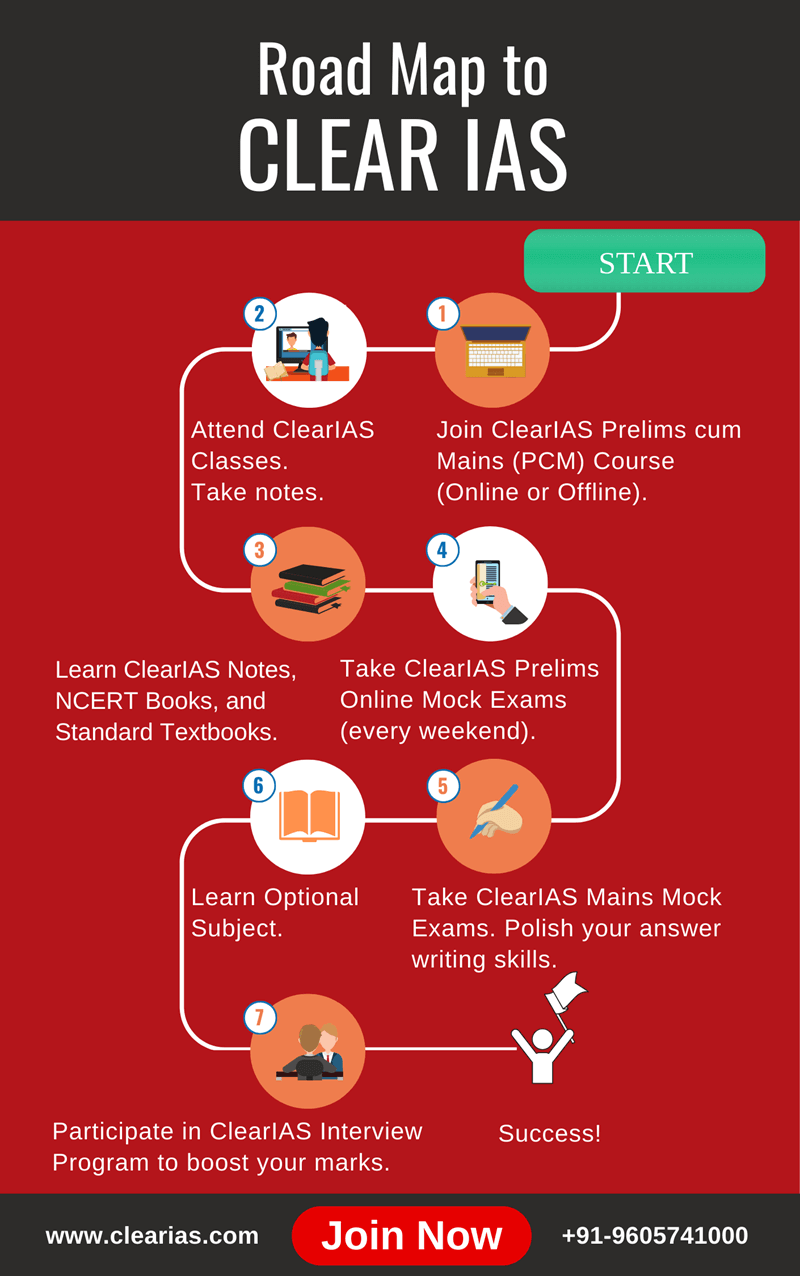 What do you mean by mobilization of resources? How can resources be classified? Read further to know more.
What do you mean by mobilization of resources? How can resources be classified? Read further to know more.
Every country has economic resources within its territory known as domestic resources. But often they might not be available for collective use.
This makes efficient mobilization of the resources important.
Mobilization of Resources
Mobilizing is the process of assembling and organizing things for ready use or for a achieving a collective goal. The term mobilization of resources should be seen in the same context. Mobilization of resources means the freeing up of locked resources.
The percentage of resources used when compared to the potential is often very low. For a country to grow, identification and mobilization of its resources is necessary. It should be available for easy use and for central and state level planning.
So the first task here is – identification of resources.
Types of Resources of India

- Natural Resources – Coal, Petroleum, Natural Gas, Water, Spectrum etc.
- Human Resources – The labour force and intellectual capacity of a nation.
The proper utilization of these resources lead to generation of economic resources – savings, investment capital, tax etc. While mobilisation of resources is considered, the mobilisation of economic resources (financial resources) should also be studied.
Mobilization of Natural Resources
India, though a country with sufficient reserves, due to policy bottlenecks, is importing coal and iron. This is increasing our Current Account Deficit.
Mobilization of Human Resources
Organizing human potential for ready use is necessary for growth of India. In-fact, as country of 125 crore people, India now is eyeing more on its human resource potential. The demographic dividend is also in favour of India.
Adding in points, the glimpse of the topic for easy understanding.
- Mobilization of human resources highlights the need to empower human resources.
- Weaker sections like women, children, SC, ST, OBC etc should be brought into mainstream.
- There should be right employment opportunities for human resources, and when there is lack of skill the job demands, there should be skill development programs.
- Utilize the demographic dividend.
- India is currently levering on its technologists – engineers, doctors and scientists.
Mobilization of Financial Resources
If a country needs to grow, more goods and services should be produced. The production can be done by government sector, private sector or in PPP mode. But for that, the economic resources of a country should be mobilised. [Hope the relation is now clear!:-)]
In India, despite having good savings rate, domestic investment is less. Indians are investing in less productive assets like gold and consumer durable. If India needs to grow, there should be more investments in agriculture, manufacturing or services.
Adding in points, the glimpse of the topic for easy understanding.
- In India, tax collected is very less. The tax base has to be widened.
- Four factor of production- land, labour, capital and organization – should come to together. There should be an atmosphere for growth and investment.
- Organizations do not “spontaneously emerge” but require the mobilization of resources.
- In modern capitalistic society, these resources are more “free flowing” and are easier to mobilize than in more traditional societies. Many factors impact the development of the organization.
- Initial Resource Mix: There are various resource needs in a starting organization (technology, labor, capital, organizational structure, societal support, legitimacy, etc.). But the right mix of resources are not always available.
- The most important resource of an organization is it’s people.
- More savings and more productive investment.
How does public sector mobilize domestic resources?
- Taxation.
- Public revenue generation for investment in social services and infrastructure.
How does private sector mobilize domestic resources?
The private sector mobilizes the savings of households and firms through financial intermediaries, which allocate these resources to investment in productive activities.
Issues with mobilization of resources
Issues with mobilisation of resources include all those issues and problems highlighted in – mobilization of natural resources, human resources and financial resources.
Why is Domestic Resource Mobilization (DRM) particularly important?
In low-income countries confronting widespread poverty, mobilizing domestic resources is particularly challenging, which has led developing countries to rely on foreign aid, foreign direct investment, export earnings and other external resources. Nevertheless, there are compelling reasons to give much more emphasis to DRM.
- Greater reliance on DRM is vital to elevating economic growth, accelerating poverty reduction and underpinning sustained development.
- High-growth economies typically save 20-30 per cent or more of their income in order to finance public and private investment.
- DRM is potentially more congruent with domestic ownership than external resources.
- Foreign aid invariably carries restrictions and conditionality.
- FDI is primarily oriented to the commercial objectives of the investor, not the principal development priorities of the host country.
- DRM is more predictable and less volatile than aid, export earnings, or FDI.
Model Questions for UPSC Civil Services Mains
- Role of NGOs and SHGs in resource mobiliization.
- Role of education in human resource mobilization.
- Explain the term mobilizatiion.
- How does the end of licence raj affect Domestic Resource Mobilisation?
- During the age of globalization and FDI, what are the compelling reasons to think about Domestic Resource Mobilization?
- Trace the effect of bottlenecks in coal and iron mining in the widening Current Account Deficit of India.
- Why India is not yet able to mobilise its full potential resources? List out all issues in the mobilization of resources.
[Mobilization of Resources: Specifically mentioned in Civil Service Mains GS Paper 3. It can also be asked for Prelims and Interview]








This was simply good article
What a Useful article! Superb job Man!God bless You